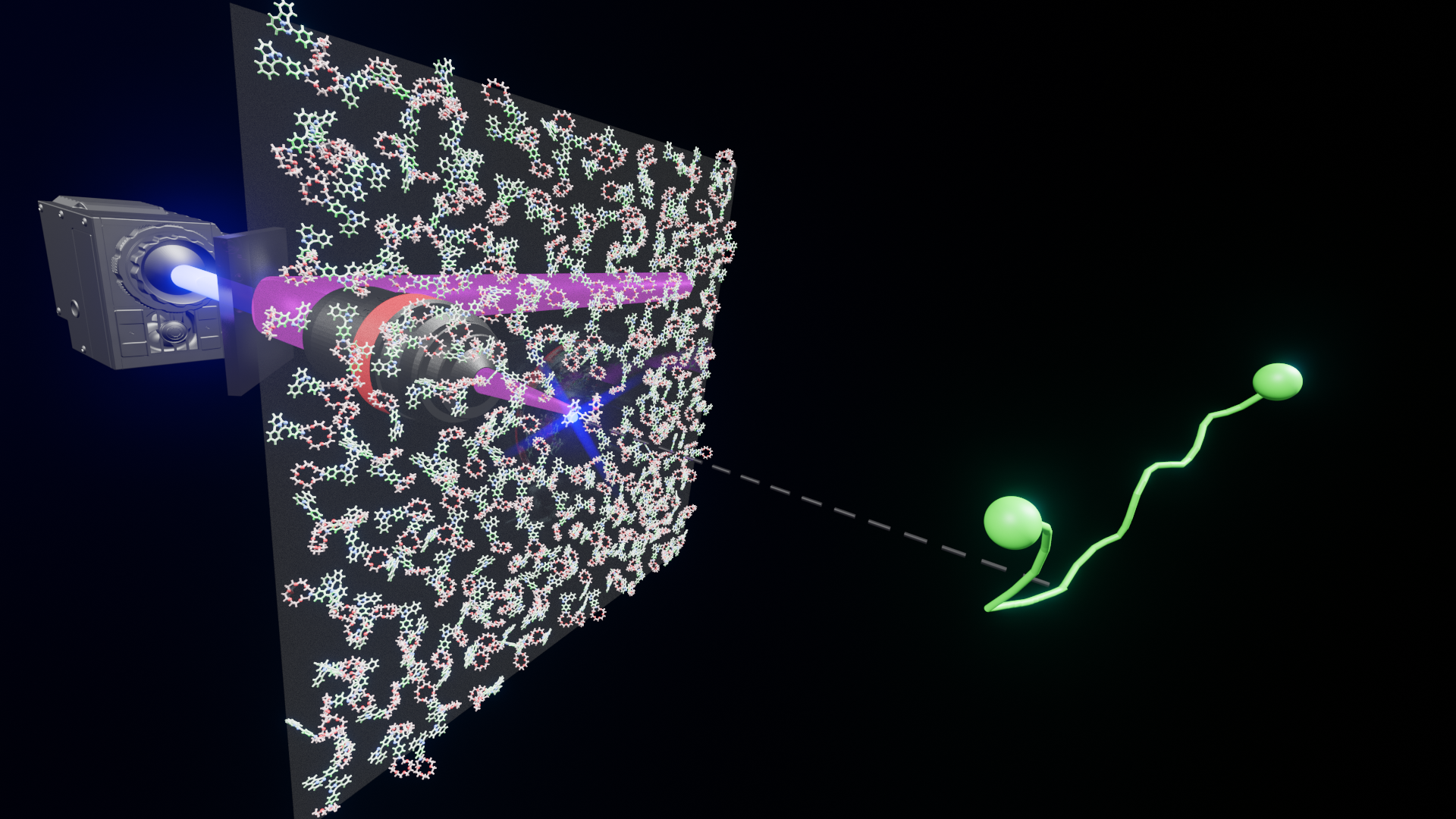PhD Thesis Defense | Pablo Herrero Gómez
 Development of sensors for individual barium ion identification in the context of the NEXT experiment
Development of sensors for individual barium ion identification in the context of the NEXT experiment
June 23, 11:00
CFM Auditorium
Candidate: Pablo Herrero Gómez
Supervisors: Celia Rogero Blanco and Francesc Monrabal Capilla
DOWNLOAD FULL THESIS
This thesis encompasses the first steps in the development of a chemo-sensor for individual Barium dication detection to be implemented in the NEXT experiment. The sensor works by converting chemical properties of the ion into a detectable optical signal. Using fluorescent chemo-sensors may be a unique tool in the field of neutrino physics. The NEXT experiment searches for the neutrinoless double beta decay of Xe-136. In this reaction two electrons and the Ba++ dication are produced. Detecting the Ba ion in delayed coincidence with the two electrons would make the NEXT experiment background free. This required adapting fluorescence chemo-sensors to the ultra-dry environment of NEXT. The sensor is built by immobilising fluorescent molecules on an appropriate surface which preserves its photochemical properties. To this end, atomically-precise molecular deposition and characterization techniques were used. Additionally, a fluorescence microscope has been developed to meet these conditions and requirements.

Scheme of the Barium-tagging sensor: molecules immobilised on a surface capture a single Ba ion produced in the 0νββ decay and shift their fluorescence color. An optical system detects this fluorescence signal and tags the presence of Ba++.

Fluorescent molecules: (right) complexated with Ba++ ion (orange) and emitting in blue. (Left) free molecules emitting in green




 Development of sensors for individual barium ion identification in the context of the NEXT experiment
Development of sensors for individual barium ion identification in the context of the NEXT experiment